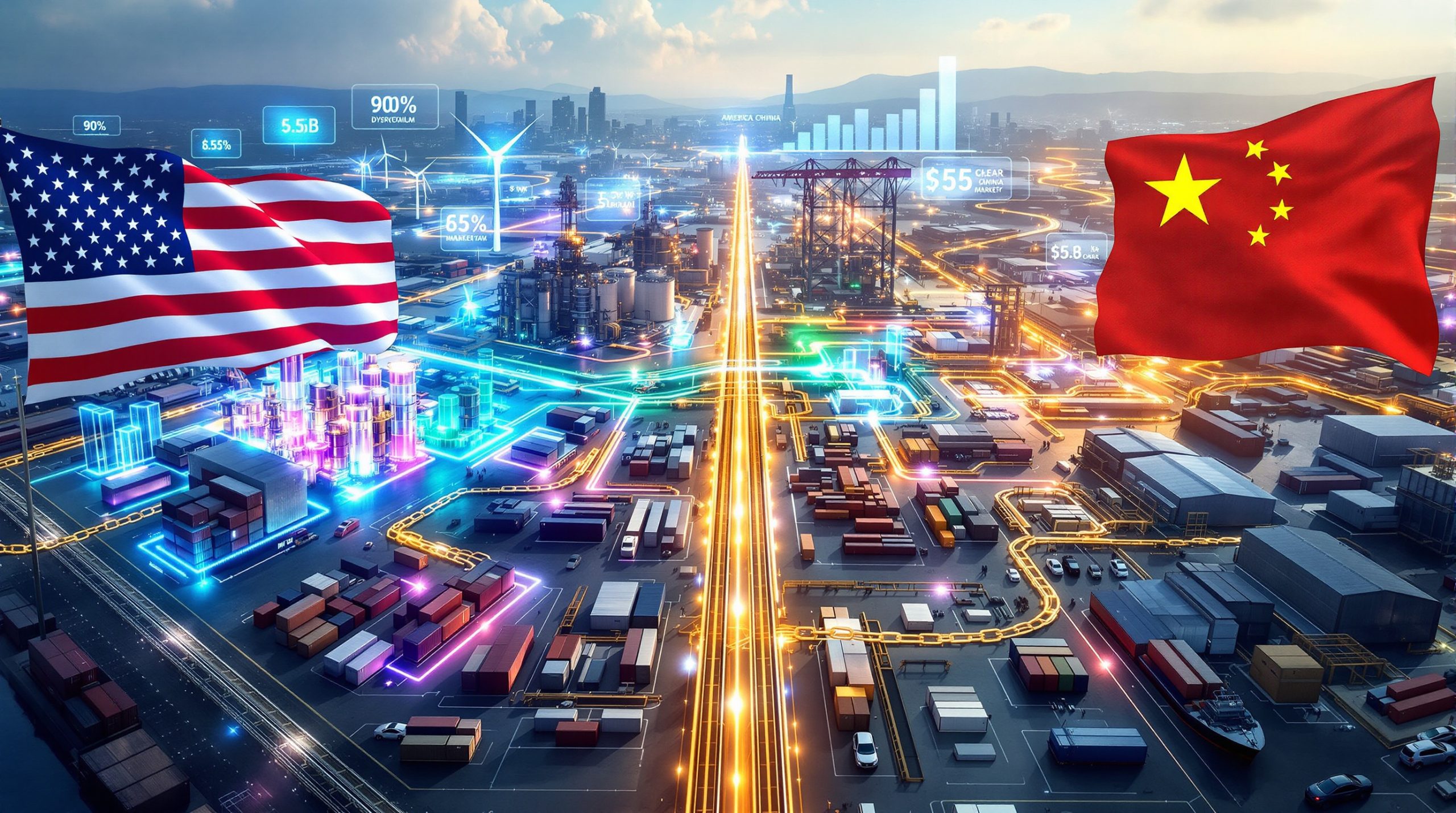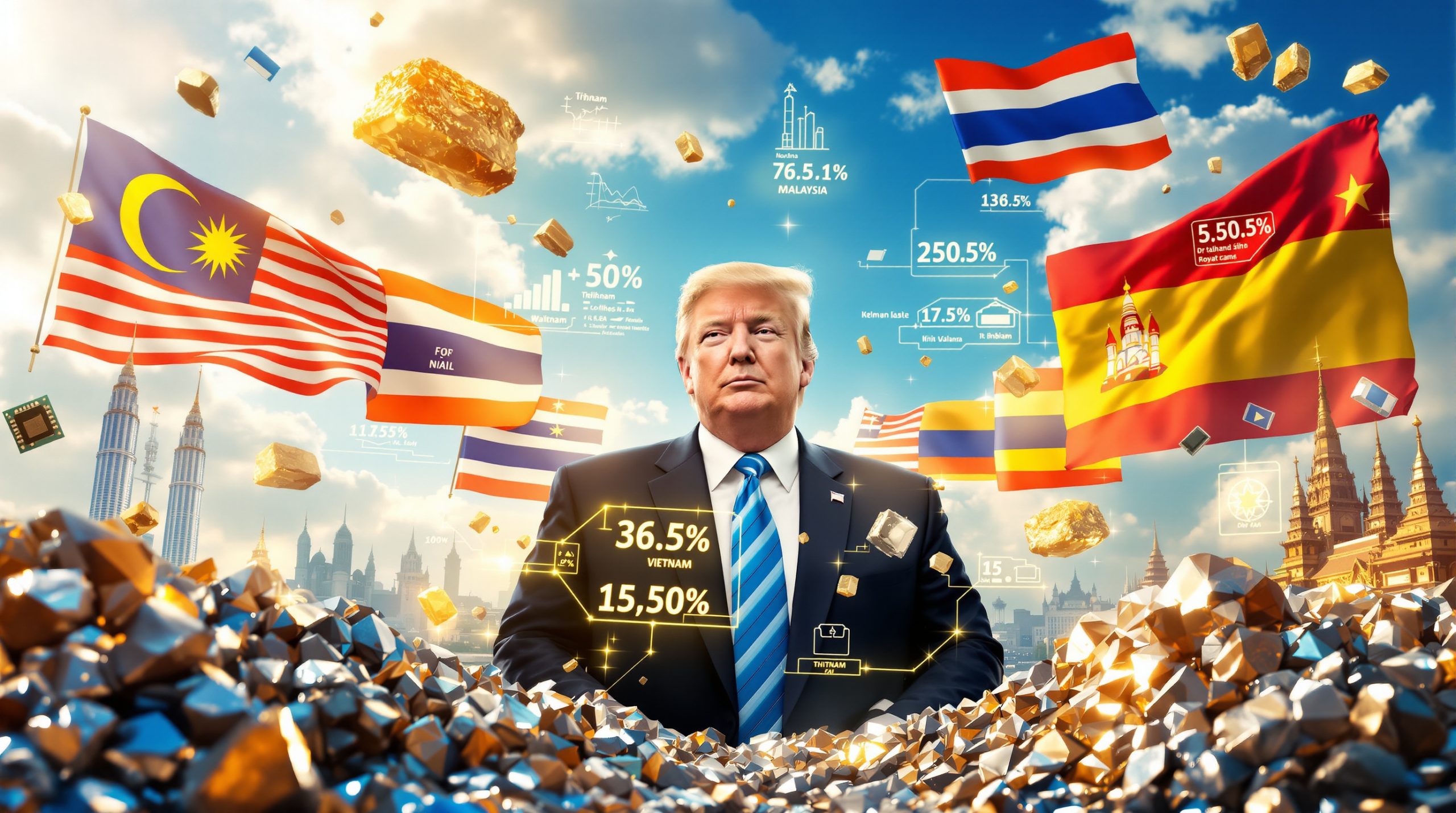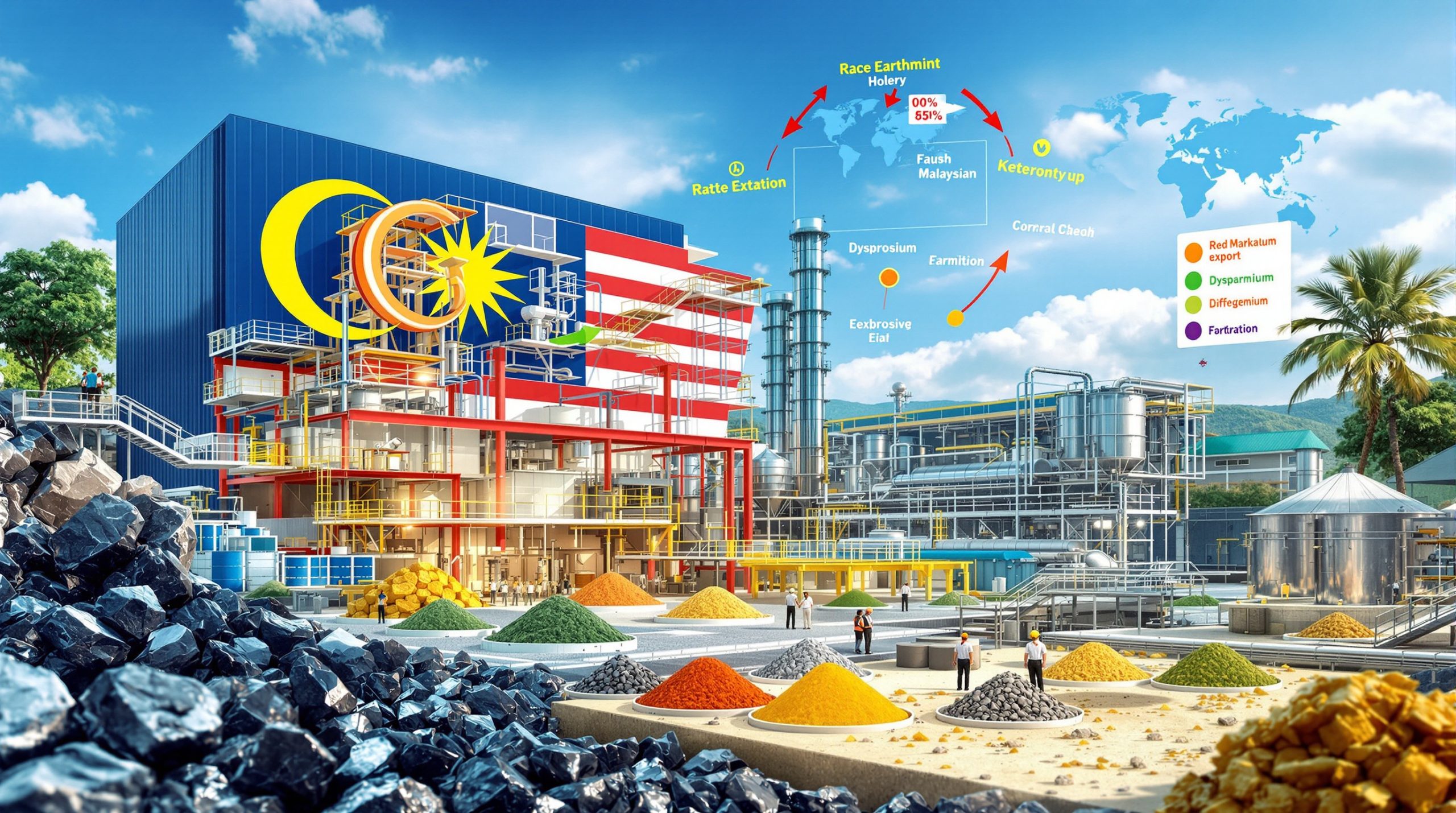The Evolution of Global Silver Demand: Transformations Across Multiple Sectors
Silver, one of the world's most versatile precious metals, is experiencing significant silver demand shifts that will reshape its market through 2025 and beyond. These transformations span industrial applications, renewable energy, traditional uses, and investment markets, creating both challenges and opportunities for stakeholders across the silver ecosystem.
How Is Silver Demand Changing in the Global Market?
The silver market is undergoing a remarkable transformation, with total demand projected to increase by 15.6% between 2016 and 2025, according to the World Silver Survey 2025. This growth trajectory will see demand rise from 993 million ounces (Moz) to approximately 1,148 Moz, reflecting silver's expanding role across both traditional sectors and emerging technologies.
What makes this growth particularly significant is that it's creating a structural supply deficit in the market – a situation where ongoing demand consistently outpaces new supply from mining and recycling efforts. This deficit represents a fundamental shift in the silver market's dynamics rather than a temporary imbalance.
What is a structural deficit? In commodity markets, a structural deficit occurs when long-term demand consistently exceeds supply capacity, creating persistent market tightness that cannot be quickly resolved through normal production increases or price mechanisms.
The demand landscape is evolving unevenly, with some sectors experiencing explosive growth while others maintain stability or gradual decline. This sectoral divergence creates a more complex market outlook than silver has historically experienced.
The Evolution of Global Silver Demand
Current Market Trajectory
The silver market's evolution reflects broader economic and technological transformations occurring globally. While traditional applications remain important, the most dramatic growth is occurring in sectors driving technological innovation and sustainability initiatives.
The World Silver Survey 2025 reveals a market increasingly dominated by industrial applications, with photovoltaics (solar energy) leading the charge as the fastest-growing segment by a substantial margin. This shift is creating a more technology-driven demand profile for silver than at any previous point in its trading history.
Key Demand Metrics (2016 vs 2025F)
| Sector | 2016 Demand (Moz) | 2025F Demand (Moz) | Change (%) |
|---|---|---|---|
| Photovoltaics | 81.6 | 195.7 | +140% |
| Electronics | 227.0 | 269.5 | +18.7% |
| Jewelry | 189.0 | 196.0 | +3.7% |
| Investment (Coins & Bars) | 213.0 | 204.7 | -3.9% |
| Other Industrial | 133.0 | 158.9 | +19.5% |
| Brazing & Solders | 49.0 | 52.8 | +7.7% |
| Photography | 35.0 | 24.5 | -30.0% |
This data reveals several critical insights about the future silver market:
- Industrial dominance is strengthening, with combined industrial uses (including photovoltaics, electronics, and other industrial applications) representing an increasingly large share of total demand
- Investment volatility continues, with physical investment showing slight contraction while remaining a significant portion of overall demand
- Traditional uses like jewelry maintain relevance but with minimal growth, while photography continues its long-established decline
Why Is Renewable Energy Driving Silver Demand?
The Photovoltaic Revolution
The most remarkable shift in silver demand comes from the photovoltaic (solar power) sector, with the World Silver Survey 2025 projecting an extraordinary 140% increase between 2016 and 2025. This surge represents the single largest growth factor in the entire silver demand landscape.
This dramatic expansion is directly tied to global renewable energy initiatives, declining solar installation costs, and government climate policies that incentivize solar power adoption worldwide. Even as manufacturers work to reduce the silver content per panel, the sheer scale of global deployment continues to drive substantial overall demand growth.
Silver's Critical Role in Solar Technology
Silver's exceptional electrical conductivity (63×10⁶ Siemens/meter – approximately 7% higher than copper) makes it an irreplaceable component in photovoltaic cells. Despite ongoing efforts to reduce the amount of silver per panel through technological improvements, current solar technology relies fundamentally on silver's unique properties.
A typical solar panel contains approximately 20 grams of silver, primarily in the form of silver paste used to create conductive pathways that collect and transmit electricity. While this represents a significant reduction from earlier designs that used 400-500 mg of silver per cell, the exponential growth in solar installations continues to drive overall silver demand shifts upward.
Technical Note: Silver's role in solar panels is primarily in the form of silver paste applied to the front and back of silicon wafers to create electrical contacts. Ongoing efficiency improvements have reduced silver content from about 400-500 mg per cell to around 100 mg per cell in modern designs, though complete substitution remains technically challenging.
Impact of Climate Policies
Government commitments to carbon reduction and clean energy transitions are accelerating solar installation rates worldwide. Major initiatives like:
- The European Green Deal
- China's renewable energy targets
- The U.S. Inflation Reduction Act's climate provisions
All create substantial incentives for solar deployment, establishing a long-term structural demand driver for silver that is expected to continue well beyond 2025.
How Are Technology Sectors Influencing Silver Consumption?
Electronics Market Growth
The electrical and electronics sector (excluding photovoltaics) is forecast to increase its silver demand by 18.7% between 2016 and 2025, reaching 269.5 Moz according to the World Silver Survey 2025. This sector remains the largest consumer of silver outside of investment demand.
This growth reflects the increasing complexity and proliferation of electronic devices globally, with silver's unmatched conductivity making it essential for high-performance electronic components. As devices become more sophisticated and miniaturized, the reliability of silver's electrical properties becomes increasingly valuable despite its price premium over alternatives like copper.
Emerging Tech Applications
Several technological developments are contributing to this growth:
- 5G network infrastructure deployment requires advanced printed circuit boards with high silver content to maintain signal integrity at higher frequencies
- Internet of Things (IoT) device proliferation is creating billions of new connected devices, each requiring conductive elements where silver excels
- Advanced automotive systems and electric vehicles use significantly more silver than traditional vehicles (approximately 25-50 grams per vehicle) due to their more complex electrical systems
- Medical technology innovations leverage silver's antimicrobial properties for specialized applications
- Consumer electronics with increasingly complex circuitry require silver's superior conductivity properties
The electric vehicle transition alone represents a significant silver demand driver, with each EV containing roughly twice the silver content of conventional vehicles due to their more sophisticated electrical systems and battery technologies.
Industrial Innovation
Silver's unique properties—including superior electrical conductivity, thermal conductivity, and antimicrobial characteristics—make it essential for numerous industrial applications beyond basic electronics. These specialized uses contribute to the 19.5% growth projected in the broader industrial category through 2025.
Key industrial applications include:
- Water purification systems utilizing silver's antimicrobial properties
- Advanced medical devices and diagnostic equipment
- Specialized batteries and energy storage systems
- RFID tags for inventory management and logistics
- Antimicrobial coatings for surfaces in healthcare and food processing environments
These diverse applications create a more resilient demand profile for silver, as they're less sensitive to price fluctuations than traditional investment demand.
What's Happening with Traditional Silver Demand?
Jewelry Market Stability
The jewelry sector shows modest but steady growth of 3.7% between 2016 and 2025 according to the World Silver Survey 2025, reflecting consistent consumer interest across global markets. This stability contrasts with the more dramatic shifts seen in industrial applications.
Regional variations in jewelry demand remain significant:
- India continues as the world's largest silver jewelry market with cultural and religious factors supporting demand
- North America and Europe maintain stable consumption patterns with silver offering an affordable alternative to gold
- Emerging markets show increasing interest in silver jewelry as disposable incomes rise
This modest growth rate suggests jewelry demand will remain an important but diminishing percentage of total silver consumption as industrial applications accelerate more rapidly.
Investment Demand Trends
Physical silver investment (coins and bars) is projected to experience a slight 3.9% decrease from 2016 levels through 2025. This sector is typically more volatile and responsive to macroeconomic conditions, inflation expectations, and overall market sentiment.
Investment demand remains highly susceptible to:
- Inflation expectations that traditionally drive precious metals investment
- Interest rate environments that affect the opportunity cost of holding non-yielding assets
- Currency fluctuations that impact silver's relative value
- Equity market performance that influences alternative investment allocations
Despite the projected slight decrease, investment demand remains a substantial component of overall silver consumption and could experience significant fluctuations based on changing economic conditions.
Photography's Continued Decline
Once a major consumer of silver, the photography sector continues its long-term decline with a projected 30% reduction in demand between 2016 and 2025. This trend reflects the ongoing transition to digital imaging technologies and reduced use of traditional silver-halide film.
The remaining photography demand comes primarily from:
- Specialized medical imaging applications
- Professional film photography niches
- X-ray applications in certain industrial and healthcare settings
- Archival purposes where physical film offers longevity advantages
While this sector no longer drives significant silver consumption, it represents an interesting case study in how technological evolution can dramatically reshape commodity demand patterns.
How Will These Demand Shifts Impact the Silver Market?
Supply-Demand Imbalance
The significant growth in industrial applications, particularly in photovoltaics and electronics, is creating a structural deficit in the silver market according to the World Silver Survey 2025. This imbalance is expected to persist as industrial demand continues to outpace mining production and recycling efforts.
This deficit has several important implications:
- Mine supply constraints will become increasingly significant as existing operations struggle to expand production
- Recycling will gain importance as a secondary supply source, though technological limitations constrain rapid expansion
- Above-ground inventories will face gradual depletion, potentially leading to market tightness
- Price discovery mechanisms may become more volatile during periods of acute supply shortfall
The deficit dynamic represents a fundamental shift from the traditionally well-supplied silver market of previous decades.
Price Implications
The evolving demand landscape, particularly the strong growth in sectors less sensitive to price fluctuations (like industrial applications), may create more stable long-term price support for silver compared to historical patterns dominated by investment demand.
Industrial users typically prioritize:
- Supply security over short-term price considerations
- Material performance where silver's properties justify premium pricing
- Long-term planning with less sensitivity to short-term price volatility
This shift toward price-inelastic industrial demand could reduce silver's traditional price volatility while establishing higher baseline support levels. Furthermore, understanding silver pricing strategies becomes crucial for investors navigating this changing landscape.
Strategic Resource Considerations
Silver's growing importance in renewable energy and advanced technologies is elevating its status as a strategic resource. This shift may influence how governments and industries approach silver supply chains and stockpiling strategies.
Several strategic considerations emerge:
- National stockpiling initiatives may expand as countries recognize silver's importance to strategic industries
- Supply chain security will receive increased attention from manufacturers dependent on silver inputs
- Recycling infrastructure development will accelerate to capture silver from end-of-life products
- Mining investment may increase as producers respond to higher prices and strategic demand signals
These strategic factors could further reshape market dynamics beyond the simple supply-demand equation. In recent years, concerns about silver price manipulation have also influenced market behavior.
FAQs About Silver Demand Trends
What is driving the dramatic increase in photovoltaic silver demand?
The 140% growth in photovoltaic silver demand stems from global renewable energy initiatives, declining solar installation costs, and government climate policies that incentivize solar power adoption. Despite efficiency improvements reducing silver content per panel, the massive scale of deployment continues to drive overall demand growth.
Key factors include:
- Government renewable energy targets and subsidies
- Improving economic competitiveness of solar power
- Corporate sustainability commitments driving commercial adoption
- Residential solar expansion in both developed and developing markets
How is silver demand in electronics changing?
Electronics demand for silver is projected to grow by 18.7% between 2016 and 2025, driven by 5G infrastructure, IoT devices, electric vehicles, and advanced consumer electronics. Silver's unmatched electrical conductivity makes it essential for high-performance electronic components.
The electronics growth encompasses:
- Miniaturization trends requiring more reliable conductors
- Proliferation of connected devices across consumer and industrial applications
- Automotive electrification increasing per-vehicle silver content
- Advanced computing and telecommunications infrastructure
Why is investment demand for silver projected to decline slightly?
The projected 3.9% decrease in investment demand (coins and bars) reflects changing investor sentiment and competing investment alternatives. However, this sector remains highly responsive to macroeconomic conditions and could fluctuate significantly based on inflation expectations and market volatility.
Investment demand is influenced by:
- Interest rate environments affecting opportunity costs
- Inflation expectations driving safe-haven demand
- Relative performance of alternative asset classes
- Market sentiment and speculative positioning
Which industries are included in the "Other Industrial" category for silver demand?
The "Other Industrial" category, projected to grow by 19.5%, includes applications such as water purification, medical devices, antimicrobial coatings, mirrors and reflective surfaces, batteries, and various specialized industrial processes that utilize silver's unique properties.
This diverse category encompasses:
- Biocide applications leveraging silver's antimicrobial properties
- Advanced coating technologies for specialized surfaces
- Emerging battery technologies utilizing silver
- Catalytic applications in industrial processes
- Specialized electrical contacts in industrial equipment
Further Exploration
Readers interested in learning more about silver market dynamics can explore related educational content, such as the World Silver Survey 2025, which provides comprehensive data on global silver supply deficits drivers. Additionally, understanding the silver market squeeze impact and tariff impacts on silver can provide valuable context for investors.
Understanding these shifting demand patterns will be crucial for investors, industry stakeholders, and policy makers navigating the evolving silver market landscape through 2025 and beyond.
Disclaimer: The forecasts and projections discussed in this article are based on current trends and expectations as outlined in the World Silver Survey 2025. Actual results may vary based on technological developments, policy changes, economic conditions, and other factors that influence both silver supply and demand. Investors should conduct their own research before making investment decisions.
Looking to Capitalize on the Next Major Silver Price Movement?
Discover how significant mineral announcements can lead to substantial returns by exploring Discovery Alert's proprietary Discovery IQ model, which instantly identifies high-potential opportunities in the precious metals sector. Visit Discovery Alert's dedicated discoveries page to see how historic silver discoveries have generated exceptional market outcomes.




